#11th Dynasty
Text
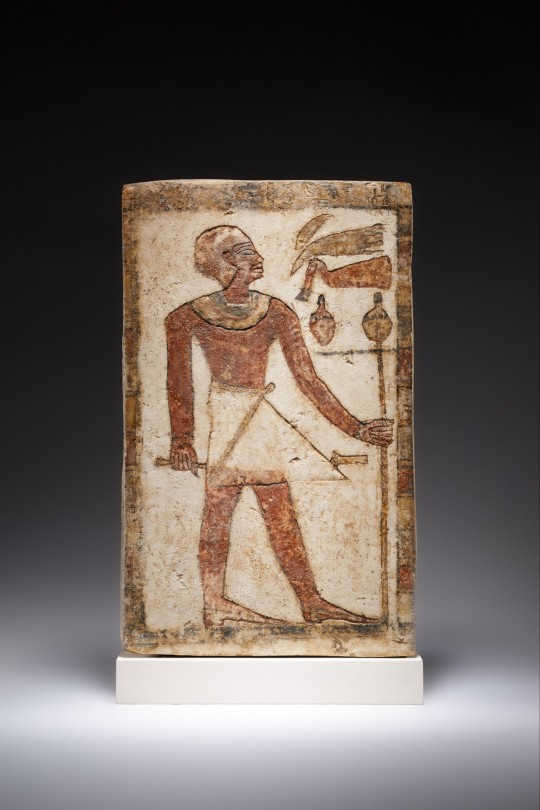
~ Stela of a Man.
Period: Middle Kingdom, 11th Dynasty
Date: ca. 2030–1981 B.C.
Place oforigin: Egypt, Upper Egypt, Thebes, Deir el-Bahri, Cemetery 100, Tomb TT 114, MMA excavations, 1926–27
Medium: Limestone, paint
#ancient#ancient art#history#museum#archeology#ancient egypt#ancient sculpture#ancient history#archaeology#egyptian#egyptology#Egypt#stela of a man#11th Dynasty#middle kingdom#thebes#ca. 2030 b.c.#ca. 1981 b.c.
607 notes
·
View notes
Text
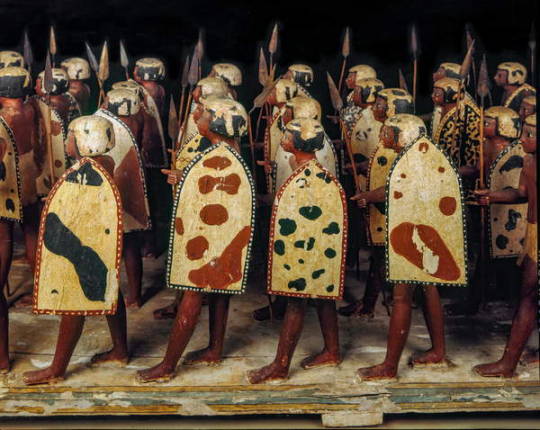
Model of ancient Egyptian soldiers
Middle Kingdom, 11th Dynasty, around 2000 BC.
From the tomb of Mesehti in Asyut.
Now in the Egyptian Museum, Cairo. JE 30986
Read more
35 notes
·
View notes
Text

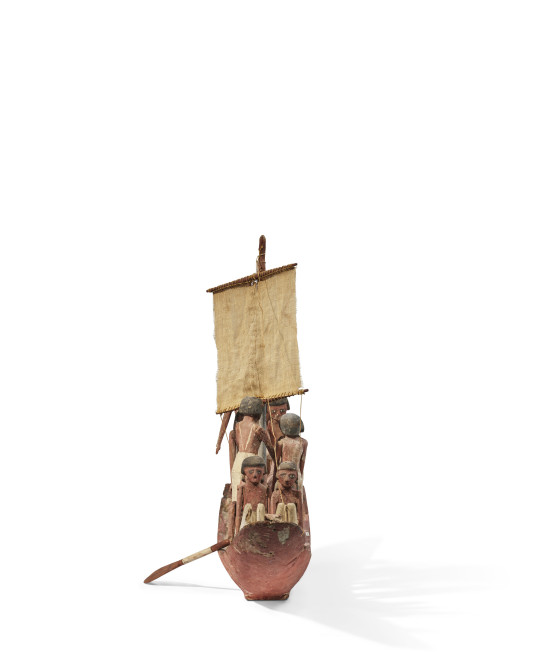


An Egyptien Gesso-Painted Wood Funerary Model of a Boat,
Middle Kingdom, 11TH-12TH DYNASTY, 2087-1759 B.C.
31 ¼ in. (79.5 cm.) wide.
Courtesy: Christie's / Mougins Museum of Classical Art.
#art#history#design#style#archeology#sculpture#figure#egypt#paint#gesso-painted#wood#funeral#boat#middle kingdom#11th Dynasty#12th dynasty#christie's#mougins museum
32 notes
·
View notes
Text
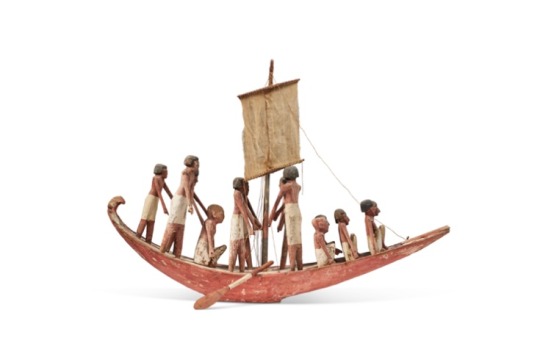

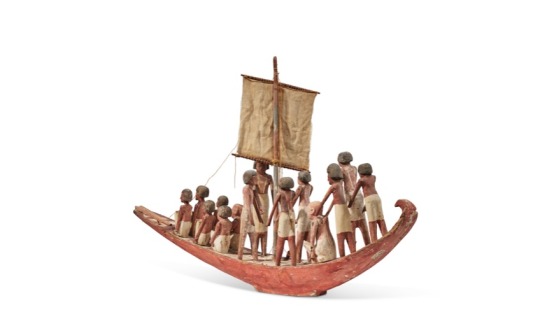
AN EGYPTIAN GESSO-PAINTED WOOD FUNERARY MODEL OF A BOAT
MIDDLE KINGDOM, 11TH-12TH DYNASTY, 2087-1759 B.C.
#AN EGYPTIAN GESSO-PAINTED WOOD FUNERARY MODEL OF A BOAT#MIDDLE KINGDOM#11TH-12TH DYNASTY#2087-1759 B.C.#ancient artifacts#archeology#archeolgst#history#history news#ancient history#ancient culture#ancient civilizations#ancient egypt#egyptian history#egyptian mythology#egyptian art
408 notes
·
View notes
Photo

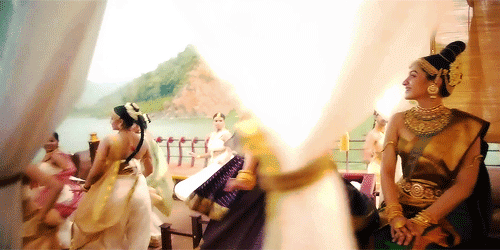

TRISHA KRISHNAN as KUNDAVAI DEVI
SOBHITA DHULIPALA as VAANATHI
Ponniyin Selvan 1 (2022) dir. Mani Ratnam
#perioddramaedit#ponniyin selvan#PS1#kundavai devi#vaanathi#southasiansource#southasianedit#perioddrama#indian history#chola dynasty#11th century#*mine#my edits
142 notes
·
View notes
Text
instagram
LK Chen Song Hand Dao Review by sellsword.arts
#Kult of Athena#KultOfAthena#sellsword.arts#LK Chen#Song Hand Dao#sword#swords#weapon#weapons#blade#blades#Dao#Asian Swords#Asian Weapons#Chinese Swords#Chinese Weapons#Song Dynasty#Song Dynasty Dao#10 century#11th century#12th century#T10 High Carbon Steel#Battle ready#Instagram#videos
8 notes
·
View notes
Photo

Ding ware round box with cover
Northern Song dynasty, 11th century
Porcelain with transparent ivory-toned glaze
Freer Gallery of Art / Smithsonian Institution
8 notes
·
View notes
Photo






Cupstand, 960-1127
Song dynasty, China
Qingbai porcelain cup and cupstand
Height: 13.8cm, Diameter: 12.4cm
High-fired ceramics from China were prized in Korea, where many have been excavated from tombs. Later Korea began to produce green-glazed and white-glazed wares of its own.
Collection of the Victoria & Albert Museum
#victoria and albert museum#art#art history#ceramic#porcelain#qingbai#celadon#Song dynasty#chinese#korea#10th century#11th century#12th century
2 notes
·
View notes
Text


Prettiest lad in the empire
#byzantine empire#historical#history#artwork#artists on tumblr#digital art#character design#constantine the nobelissimus#constantine Paphlagon#11th century#Macedonian dynasty#my art
3 notes
·
View notes
Text
So, I'm playing the new map on Medieval Dynasty as a woman (because they finally decided to let you play as a woman), and I was curious how the pregnancy dynamic was going to work because historically, in the game, when your wife gets pregnant, she goes on an 18-year maternity leave until your kid is grown, and I was like, well I'm the main character, so what's going to happen?
Am I just not going to be able to work or complete quests while I run around after my kiddo? Surely not. That'd be ludicrous. I wonder how they'll handle this...
Well, they handled it. They handled it by making my husband pregnant.

My beloved lumberjack husband, Teodoryk, is with child and very happy about it.
This game went from "you can't play as a woman because it's historically inaccurate" to "we're not going to fix the ridiculous game dynamic of an 18-year maternity leave, but we will make it so you can get your husband pregnant instead."
Incredible. Fully headcanoning this as a t4t marriage in 11th century Poland. I can't wait to meet our beautiful child. I will, however, be hiring a new lumberjack because I am not cutting down trees for the next 18 years. Fuck that. I've got wolves to fist-fight in the woods.
24K notes
·
View notes
Text


~ Celestial dancer (Devata).

Period: Chandela period
Date: mid-11th century
Culture: Central India, Madhya Pradesh
Medium: Sandstone

#history#museum#archaeology#11th century#celestial dancer#devata#india#indian#madhya pradesh#sandstone#chandela#chandela dynasty
1K notes
·
View notes
Text
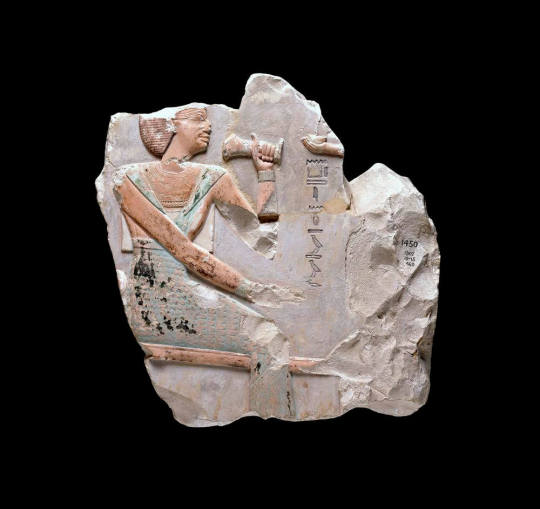
Relief from the Tomb of Kemsit
Middle Kingdom, 11th Dynasty, ca. 2055-2004 BC.
Painted limestone.
Now in the British Museum. EA1450
Kemsit sits on a wide, low-backed chair holding a vase of scented ointment to her nose. In front of her was the smaller figure of a male servant, of which only his hand remains, holding a small cup that is receiving the stream of liquid he was pouring into it with his other hand.
This servant was obviously facing leftward, and since the inscription in front of him has its signs also facing left, we can be sure that the inscription belongs to the servant. Kemsit has short, curly hair. Her necklace is a broad collar with many strands and an outer row of drop-shaped pendants, and she wears cuff-shaped bracelets made of many strands of tiny beads held in place by a spacer bead.
Read more
50 notes
·
View notes
Text

Ibn Sina/Avicenna
A medical scientist representing Islamic civilization. Born in Bukhara at the end of the 10th century, he was active in the Kara-Khan dynasty and the Buyid dynasty in the first half of the 11th century. Known as Avicenna in the West, his main work, Canon of Medicine, had a great influence on Western medicine. A medical scientist and philosopher representing the Islamic world from the 10th to the 11th century.
#Ibn Sina/Avicenna#A medical scientist representing Islamic civilization. Born in Bukhara at the end of the 10th century#he was active in the Kara-Khan dynasty and the Buyid dynasty in the first half of the 11th century. Known as Avicenna in the West#his main work#Canon of Medicine#had a great influence on Western medicine. A medical scientist and philosopher representing the Islamic world from the 10th to the 11th cen
0 notes
Text



Turqouise inlaid bronze dagger axe (ge), China, Late Shang Dynasty 12th-11th century BC
from Sothebys
4K notes
·
View notes
Text
English added by me :)
Further Details:
In 2014, while digging ground to construct the Number 7 line for the Chengdu metro, a 2300 square meter tomb with 13 graves was dug up near Mohechi (摩诃池), the former back gardens of the Prince's mansion in Sichuan (蜀王府). Of the 13 chambers in the tomb, most were single graves, and some had been plundered or were difficult to get to. Chamber #8 was found to have its seal still closed and in decent condition, with archeologists speculating that the area had been subject to earthquakes in the past, and robbers skipped over the chamber because they were afraid of the walls collapsing if the heavy stone door was moved. Chamber #8 was also discovered to contain two rooms and the engraving of a dragon and phoenix, indicating that whoever the tomb belonged to were of relatively high status.
While the royal mausoleum of the prince of Sichuan had long been unearthed, the new joint grave was originally thought to be the tomb of an aristocratic husband and wife, as the type of tomb was typical of a husband and wife pair. The area where the new tomb had been discovered was also known long ago as 公公坟 (the eunuch graves). Other tombs of court eunuchs buried around Chengdu had been discovered in 1953, 1955, 1956, 2003, 2005, and 2008.
At the same time, experts noticed that the porcelain relics buried in the Chamber #8 all shared an unusual characteristic: the male figurines had no facial hair. This led to the realisation that the figurines depicted eunuchs. Additionally, two stone tablets were eventually located which turned out to be the epitaphs for the graves, and which allowed the archeologists to confirm that the tomb did indeed belong to two imperial eunuchs from the Ming dynasty. Moreover, the tablets revealed that the eunuchs were named Wei Yu (魏玉, b.1470) and Ruan Ying (阮英, b. 1472). Both were born from poor farming families in Tongzhou (潼州; present day northern Sichuan province).
In the fourteenth year of Chenghua, there was a huge drought in the nation, so both children were sent by their families to become eunuchs in the palace as a means to survive. Being from the same area and around the same age, they would grow to become very close.
In the Ming dynasty, imperial eunuchs had great power, such that they were in charge of many government and even military affairs. Due to this, Wei Yu and Ruan Ying did not stay in Beijing to serve the emperor but instead eventually ended up as chief eunuchs in Shuwangfu, the center of government in Sichuan. Based on the epitaph and historical materials, historians concluded that Wei Yu and Ruan Ying did not necessarily overstep their power as is often the depiction of court eunuchs of the era, and in fact, they cooperated very well with the Zhu Chun, the prince of Sichuan and Hongwu Emperor's 11th son, assisting him to repair infrastructure and bringing prosperity to the people of Chengdu.
Wei Yu was favored by the prince for being clever and witty, and was bestowed the surname Shuang, so is also referred to in records as Shuang Yu (双玉). As Wei Yu's status grew, Ruan Ying's did as well.
In the 10th year of Zhengde (1515), having experienced some rough times, Wei Yu and Ruan Ying decided they wanted to be buried together and and obtained royal permission for it to be so. As they had no children, they were able to accumulate all their earnings (imperial servants were paid) and buy a plot of land. One year later, Ruan Ying passed away and Wei Yu had a tomb built with two rooms so that they could be buried together. Ten years later, when he passed away also, Wei Yu was buried with Ruan Ying, fulfilling their desire to be entombed together.
--
Additional sources:
https://www.sohu.com/a/413776430_120795605
https://m.thepaper.cn/yidian_promDetail.jsp?contid=3744568&from=yidian
https://www.toutiao.com/article/6706734279713358350/?wid=1705638571420
video (in Chinese)
video (in Chinese)
#tried to find a better douyin to introduce/summarise the topic but some of them had really annoying voice overs lol#i think there is like a cctv type documentary about the dig with actual expert talking heads but i can't find the video online atm#anyway. it's really incredible to me that they even recorded their birth and death years like bro...so often these details are lost to time#but we know all these things about these two from 600 years ago :')#chinese history#video#douyin#tiktok#long post#同志历史
580 notes
·
View notes
Text
instagram
This recreation of the famous Song Zhan Ma Dao by LK Chen has a blade of GB 60Si2MnA High Carbon Manganese Spring Steel with a sharpened edge and a tempered hardness of 56-58 HRc. The blade has a very thick blade spine which not only gives it great durability and rigidity, but also give the back of the blade the mass needed to power through hard-hitting strikes.
#Kult of Athena#KultOfAthena#LK Chen#Song Zhan Ma Dao#sword#swords#weapon#weapons#blade#blades#Dao#Daos#Chinese Swords#Chinese Weapons#Asian Swords#Asian Weapons#video#videos#Song Dynasty#11th Century#12th century#13th century#Marshal Yue Fei#Instagram#GB 60Si2MnA High Carbon Manganese Spring Steel#Battle Ready
1 note
·
View note